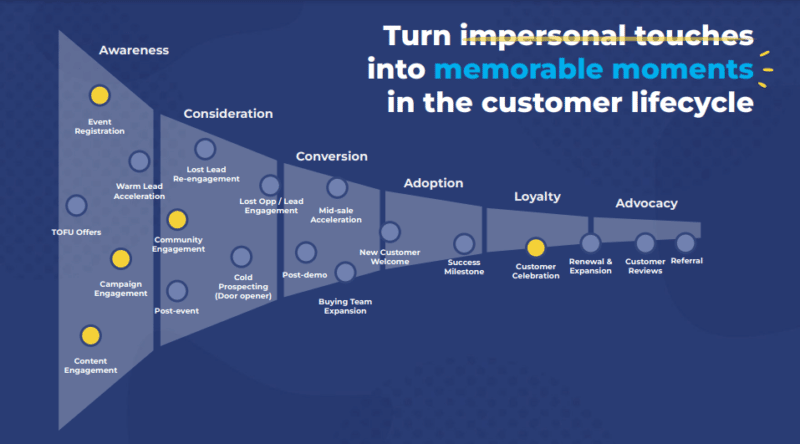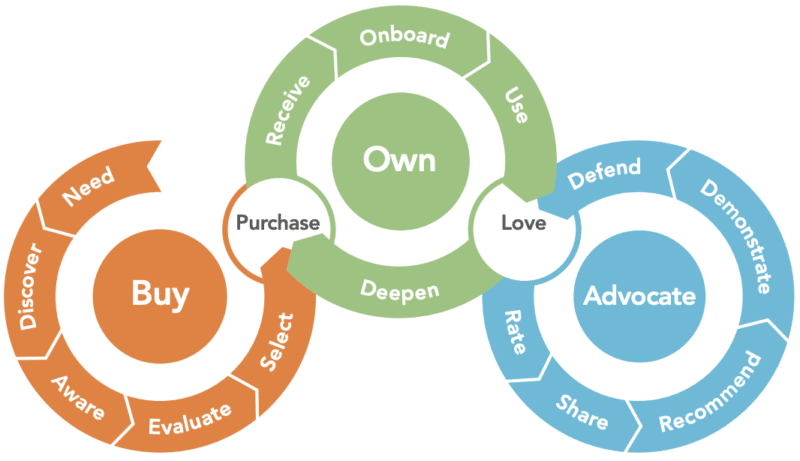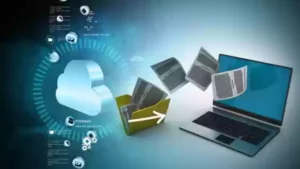
“As martech ambassadors, we have a choice,” said Nina Butler, director of event experience at Alyce, in her presentation at The MarTech Conference. “We can continue to create more of the same experiences that over time have become more generic — a little bit more spammy, a little bit more self-serving — or we can pause, reflect, and start to think about how we can begin creating more meaningful moments that deliver lasting impressions with our buyers.”
Part of the modern marketer’s responsibility is to reduce the number of impersonal touches prospects face. Digital customers are increasingly disillusioned with brands due to so many negative interactions, which is why marketers need to differentiate themselves via engaging customer experiences.
“Oftentimes, it’s those differentiated experiences that help your brand stand out from the pack and create more momentum in that customer journey,” she said.
Here are three ways Butler recommends marketers deliver better customer experiences.

Work to bring offline audiences online
It can often be difficult for marketers to draw in potential customers from offline platforms (like podcasts), especially when those avenues offer people so much useful information.
“How can you take what is normally a long game — like building up credibility and subject matter expertise in your space, hoping that over time people view your brand as the expert — and shortcut some of the time and get more instant results by driving [people] back to your website?” asked Butler.
Butler’s marketing team was able to draw in these audiences by combining their marketing automation system with a chatbot. After realizing they were missing out on a highly relevant audience from a marketing podcast, the team set up a chatbot on their site with a specific keyword and custom URL. Then, they asked the podcast host to share the keyword and URL with their listeners, directing them to the site. When the listeners visited their URL, the chatbot noted when the keyword was entered and then rewarded users with a customized gift.
This highly effective tactic helped Butler’s team bring in a whole new audience, enhancing the customer experience through personalization.
Get the daily newsletter digital marketers rely on.
Identify valuable actions and reward users
“Think critically about what the actions are that are most valuable to your community,” said Bulter. “Look at KPIs that drive community membership or subscriber growth year over year.”
Whether it’s a click on a call-to-action, email open, or sales form submission, marketers need to analyze customers’ most valuable actions, taking note of behaviors and circumstances that lead to these events. Butler suggests marketers help facilitate these actions by offering users gifts upon completion, which are determined by engagement tiers.
Brands can use a marketing automation platform to monitor behaviors and engagement, then email gifts to qualifying members.
“As you’re thinking about the most valuable outcomes, make sure that you are looking across your marketing automation and technology to ensure that you can monitor your desired behaviors,” said Butler. “You want to make sure that you’re normalizing your aspirational KPIs with the things that you can indeed track successfully.”
Highlight customer milestones with gifts
“I think we could all agree that we are living in this world of digital distance and, honestly, digital dissonance,” Butler said. “When it comes to these transactional touches, how do we create some memorable moments out of those experiences instead?”
Her team, with its emphasis on rewarding audiences, recommends marketers use technologies that monitor customer behavior so they can note milestones they consider valuable. Customer journey analytics platforms can help pinpoint these behaviors in the customer experience, which can include specific site engagements like form fills, course completions, product purchases and other actions.

Explore capabilities from vendors like Adobe, Pointillist, SharpSpring, Salesforce and more in the full MarTech Intelligence Report on customer journey analytics platforms.
Butler says milestone recognition isn’t so much about where it takes place in the customer journey, but rather about how your brand acknowledges it. It’s about how your brand rewards the customer, using whatever gift will improve the experience.
“Gifting is going to be a way to get into the hearts and minds of your loyal, championed customers,” she said.
Customer journey analytics: A snapshot
What it is. Customer journey analytics software lets marketers connect real-time data points from across channels, touchpoints and systems, allowing users to gain insights into the customer journey over time. This allows marketers to explore the customer journey using data.
Why it’s hot today. Businesses know they need to be customer-focused in each aspect of their marketing operations. As a first step, brands need to understand how consumers are finding them. Whether it be via search, advertisement, or word of mouth, the medium used will set the trajectory for the rest of their journey.
Meanwhile, the average person uses many devices to access the internet, and Cisco forecasts that the number of devices connected to IP networks will increase to more than three times the global population by 2023. With so many devices, people shift back and forth depending on the task at hand and their current environment. Consumers and business buyers turn to an average of nine channels to browse product inventory, look for advice, and make purchases.
Capturing their interactions post-discovery, such as communication with a call center or visit to a retail outlet, helps brands see which of their assets are helping them along their path. What’s more, brands need to know what those who convert do post-purchase–this information helps companies win repeat business and encourage customer advocacy. Customer journey analytics tools do just that.
What the tools do. The majority of vendors offer one or more of the following capabilities to give marketers an understanding of the customer journey: data gathering from a wide variety of channels and touchpoints; analysis using artificial intelligence and machine learning, and customer journey visualization.
Many vendors also offer customer journey orchestration (CJO) capabilities, which allow users to act upon the insights and actually deliver the next step in the customer journey in real-time.
Why we care. Customers expect to have consistent experiences at each of these touchpoints. They want personalization, a trend that continues to grow. Tools like customer journey analytics software give brands the ability to gain insights from their audience and act on them.
Read Next: What is customer journey analytics and how are these tools helping marketers?





